Folivore Animals
Introduction:
Folivores are animals that primarily feed on leaves as their main source of nutrition. These animals have specialized adaptations to digest and extract nutrients from the fibrous and often tough plant material found in leaves.
Digestive Adaptations:
Folivorous animals often have specialized digestive systems that help break down the tough cellulose and extract nutrients from leaves. These adaptations may include enlarged cecums or fermentation chambers in their digestive tracts, where microbes assist in cellulose digestion.
Some folivores, like koalas, have a unique digestive system that allows them to detoxify and extract nutrients from the toxins found in certain leaves.
Slow Metabolism:
Many folivorous animals have relatively slow metabolic rates compared to animals that consume more energy-rich diets. This allows them to conserve energy while extracting nutrients from low-energy leaves.
Selective Feeding:
Folivores are often highly selective in their choice of leaves. They may choose leaves that are higher in nutrients or have lower levels of toxic compounds. This selectivity helps them maximize their nutrient intake.
Specialized Behaviors:
Folivorous animals may exhibit behaviors such as slow and deliberate feeding, which helps them conserve energy and efficiently process their food.
Some folivores, like sloths, spend a significant amount of time resting to further reduce their energy expenditure.
High Water Intake:
Leaves can be low in water content, so folivores often need to supplement their diet with water from other sources. Some animals, like koalas, obtain most of their water from the leaves they consume.
Reproduction and Lifespan:
Due to the lower energy content of their diet, folivorous animals may have longer gestation periods and lower reproductive rates compared to animals with more energy-rich diets.
Folivores may also have longer lifespans in some cases, possibly due to reduced predation risk associated with their often slow and deliberate lifestyles.
Here are some examples of folivorous animals:

Koala:
Koalas are perhaps one of the most well-known folivores. They primarily feed on eucalyptus leaves, which make up nearly their entire diet.
Sloths:
Sloths are slow-moving mammals found in Central and South America. They feed on a variety of leaves, and their slow metabolism allows them to extract nutrients from their low-energy diet efficiently.
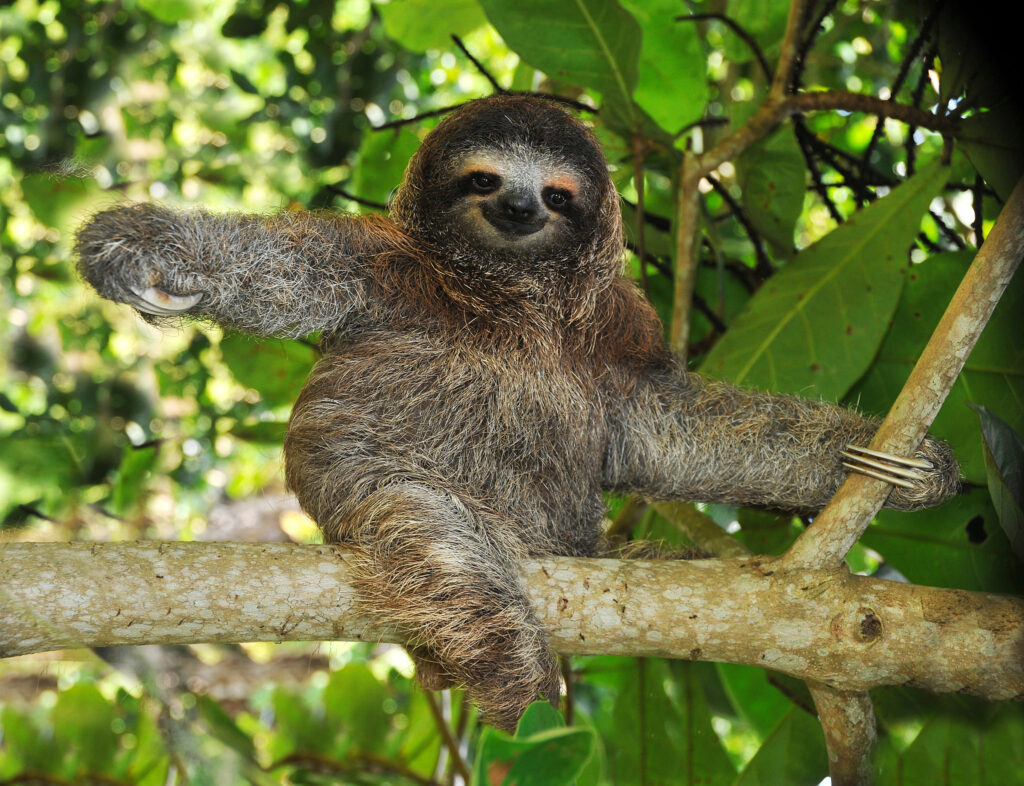
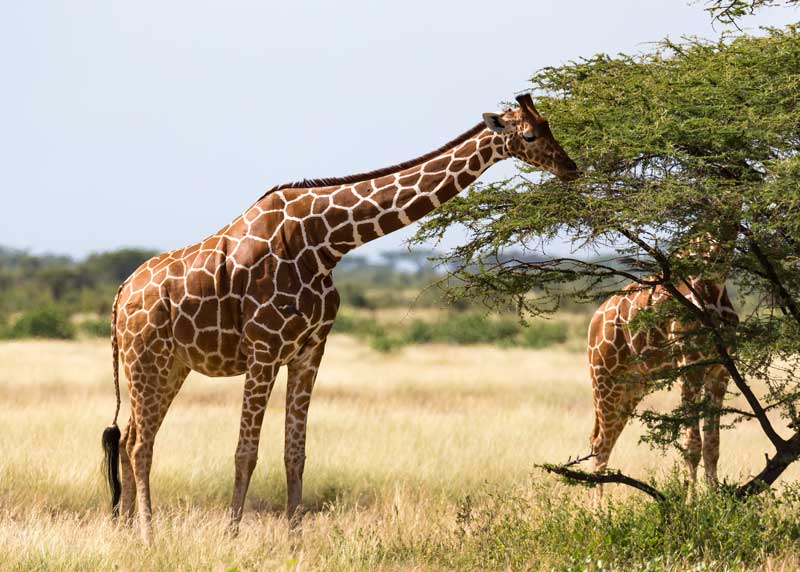
Giraffe:
Giraffes are known for their long necks, which enable them to reach leaves high in trees. They primarily feed on the leaves of acacia trees.
Pandas:
Giant pandas primarily eat bamboo leaves and stems, although they are classified as omnivores and occasionally consume other plant material and small animals.


Howler Monkeys:
These New World monkeys are known for their loud vocalizations. They mainly consume leaves, supplemented with fruits and flowers.
Iguanas:
Some species of iguanas, such as the green iguana, are folivorous. They feed on a variety of leaves and plants.
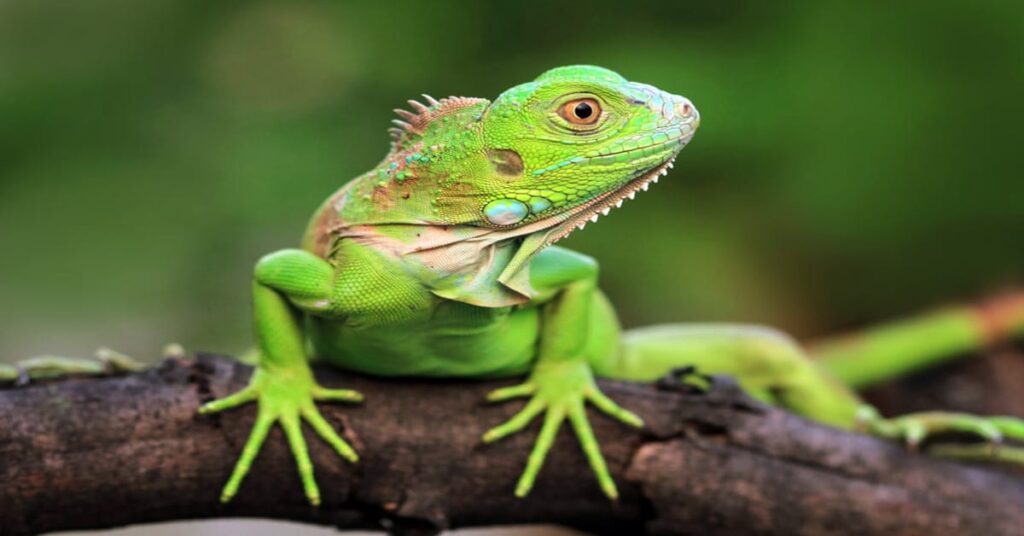
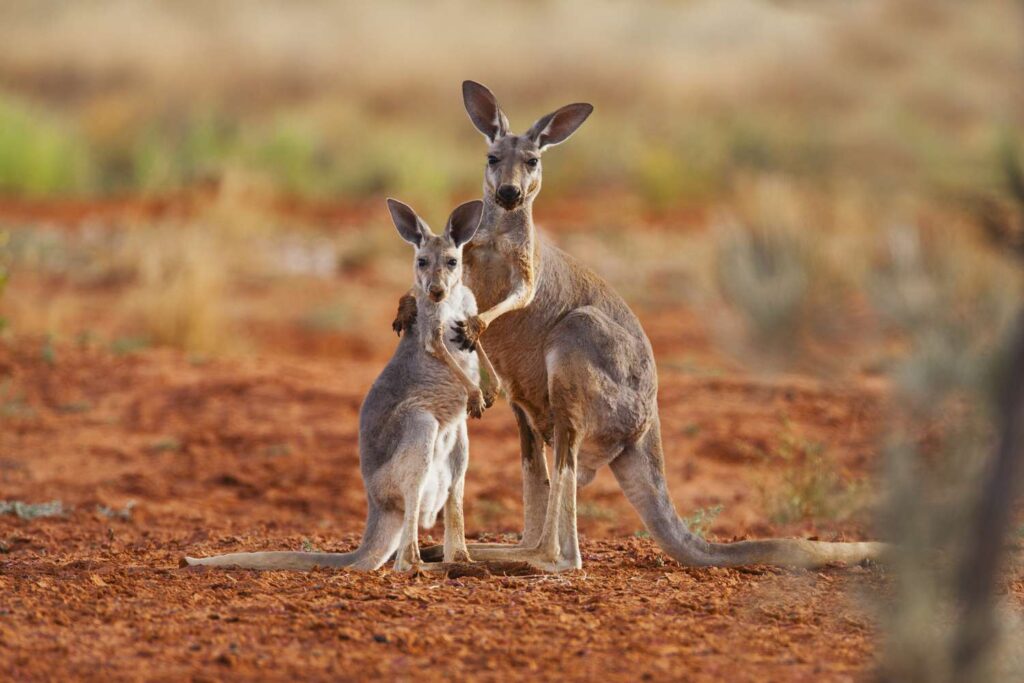
Kangaroos:
Kangaroos are herbivorous marsupials that primarily feed on grasses and other plant material, including leaves.
Leafcutter Ants:
These ants are unique folivores because they cut and carry leaves back to their colonies, where they use them to cultivate a specialized fungus that serves as their primary food source.
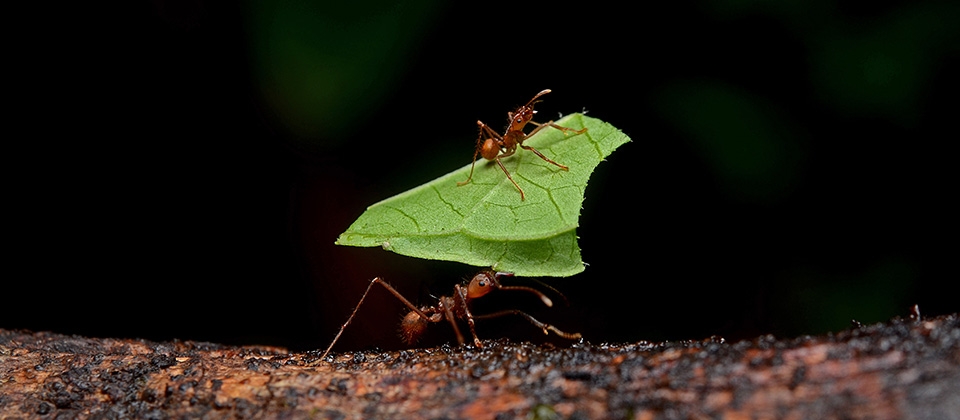

Sifakas:
Sifakas are lemurs found in Madagascar that primarily feed on leaves, supplemented with fruits and flowers.
Colobus Monkeys:
These African monkeys are known for their distinctive black-and-white fur and are primarily folivorous, consuming leaves and other plant parts.
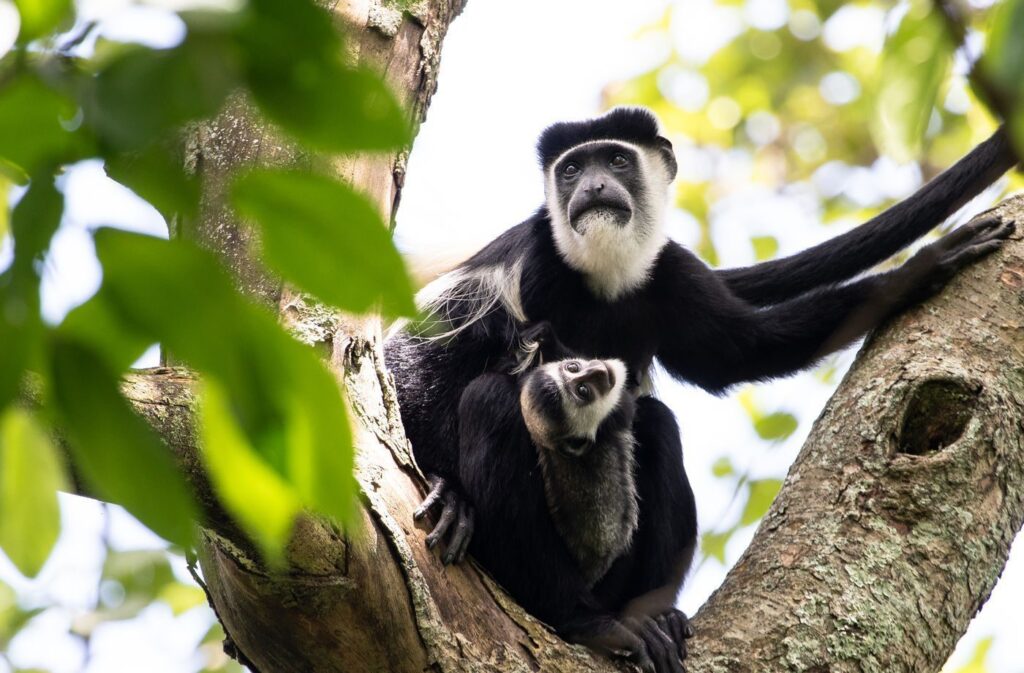

Quokkas:
Quokkas are about the size of a domestic cat and are primarily herbivorous, folivorous, feeding on a variety of plant material, including leaves, stems, and grasses.
This are just few example of folivorous animals. Folivores have evolved various physiological and behavioral adaptations to cope with the challenges of extracting nutrients from leaves, which can be low in energy and difficult to digest due to their high fiber content. These adaptations include specialized teeth, fermentation chambers in the digestive tract, and long digestive retention times.
7 thoughts on “Folivore Animals”
Well I definitely liked reading it. This post offered by you is very effective for accurate planning.
Hello. remarkable job. I did not anticipate this. This is a fantastic story. Thanks!
Hello my friend! I wish to say that this article is awesome, great written and include approximately all significant infos. I would like to look more posts like this.
You should take part in a contest for among the finest blogs on the web. I will suggest this website!
I am very happy to read this. This is the type of manual that needs to be given and not the random misinformation that is at the other blogs. Appreciate your sharing this greatest doc.
Woh I love your articles, saved to fav! .
I don’t usually comment but I gotta state thanks for the post on this amazing one : D.